While the name of Mauritius is synonymous worldwide with immaculate beaches and
crystal-clear waters, this island nation has a lot that is rarely explored by oncoming
visitors who focus primarily on its coastal attractions. From historical sites that whisper tales of colonial heritage to the natural wonders lying inland, Mauritius is a basket full of varied experiences that are worth a try.
This guide uncovers sixteen great places that reflect the diverse cultural, historical, and
natural heritage of this Indian Ocean paradise.
Black River Gorges National Park
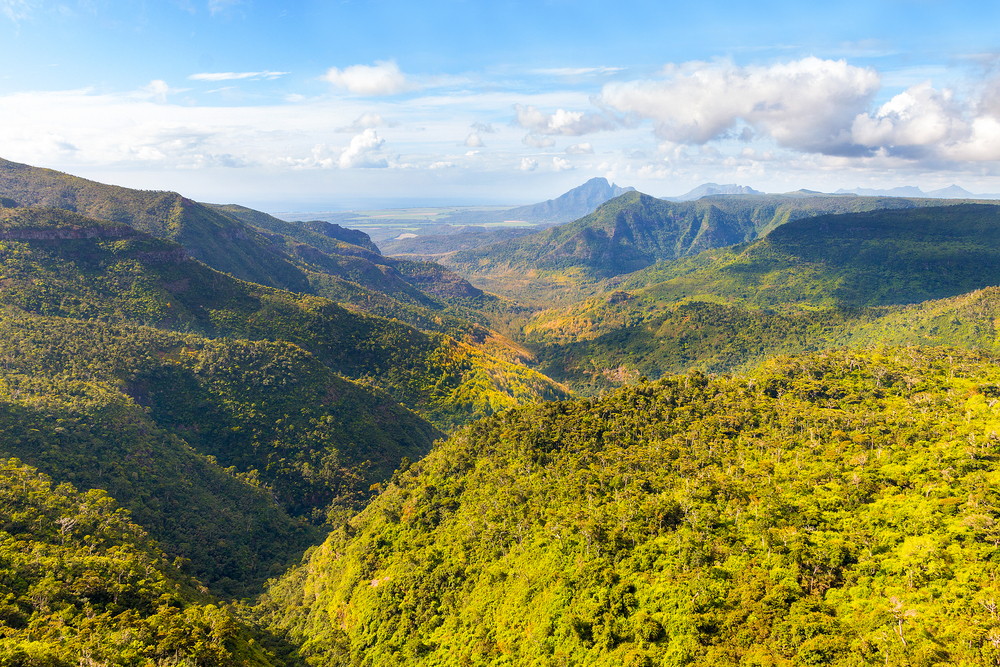
Covering an area of more than 6,500 hectares, Black River Gorges National Park
reflects the endeavors of Mauritius to take care of its native flora and fauna. Some of
its endangered species are the pink pigeon and Mauritius kestrel.
Several nature walks through dense forests ranging from easy to challenging terminate at panoramic views, making the virgin wilds on this island visible.
Chamarel Seven Colored Earth
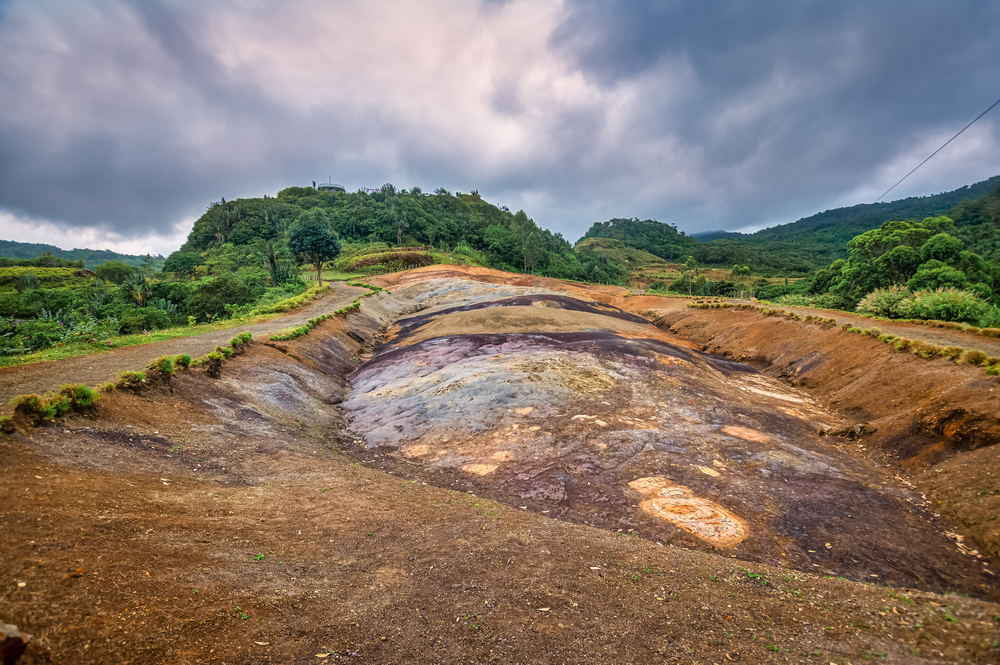
The Seven Colored Earth of Chamarel is a geological wonder of the southwestern
part of Mauritius that has intrigued visitors for centuries. The unique development of
variously colored volcanic soils, which naturally arrange themselves in distinct stripes
to form a multicolored landscape, is quite breathtaking.
This area also has a beautiful 328-foot-high waterfall and vast coffee plantations with guided tours and tastings.
Like Travel Pug’s content? Follow us on MSN.
Grand Bassin (Ganga Talao)
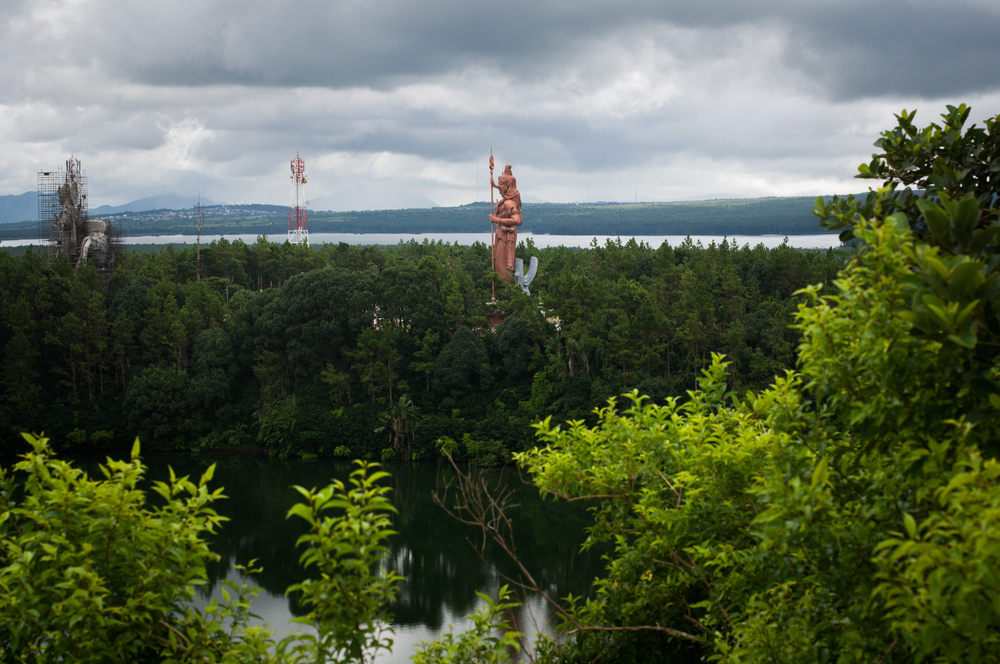
Smack in the middle of Mauritius lies Grand Bassin, a holy crater lake that means a
lot to Hindus. A number of temples grace this area, including one with a 108-foot
statue of Lord Shiva.
Many thousands of pilgrims make their way to this site to celebrate Maha Shivaratri, creating one of the largest Hindu gatherings outside India.
L’Aventure du Sucre
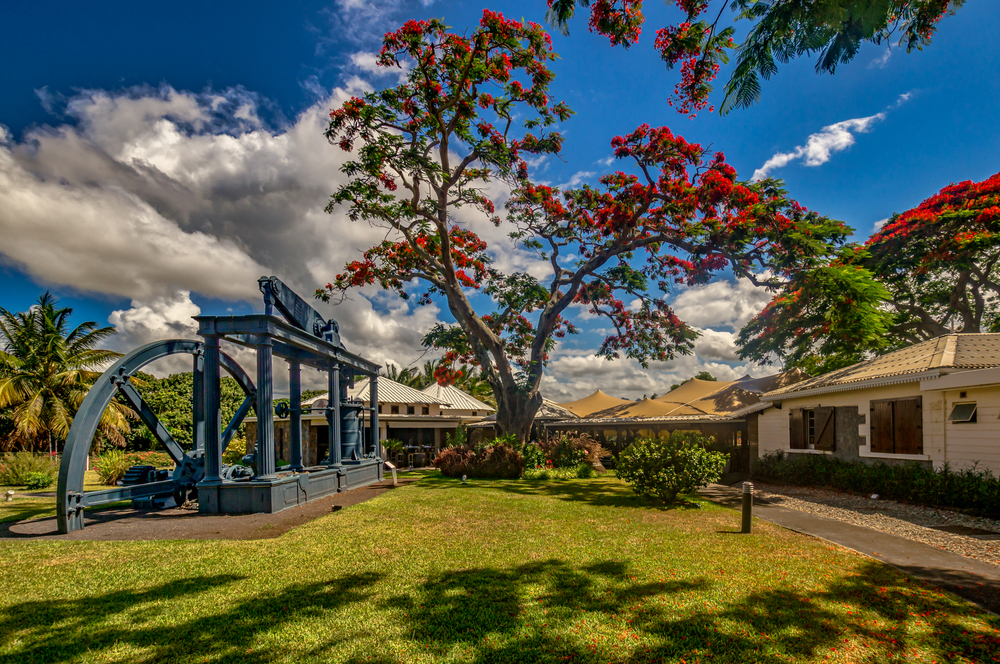
Located in a former sugar factory, L’Aventure du Sucre offers visitors an immersive
journey through Mauritius’s sugar industry history. The museum chronicles the
island’s colonial past, the development of its sugar industry, and its impact on modern Mauritian society.
Interactive exhibits and rum-tasting sessions make this educational experience enjoyable for visitors of all ages.
Aapravasi Ghat
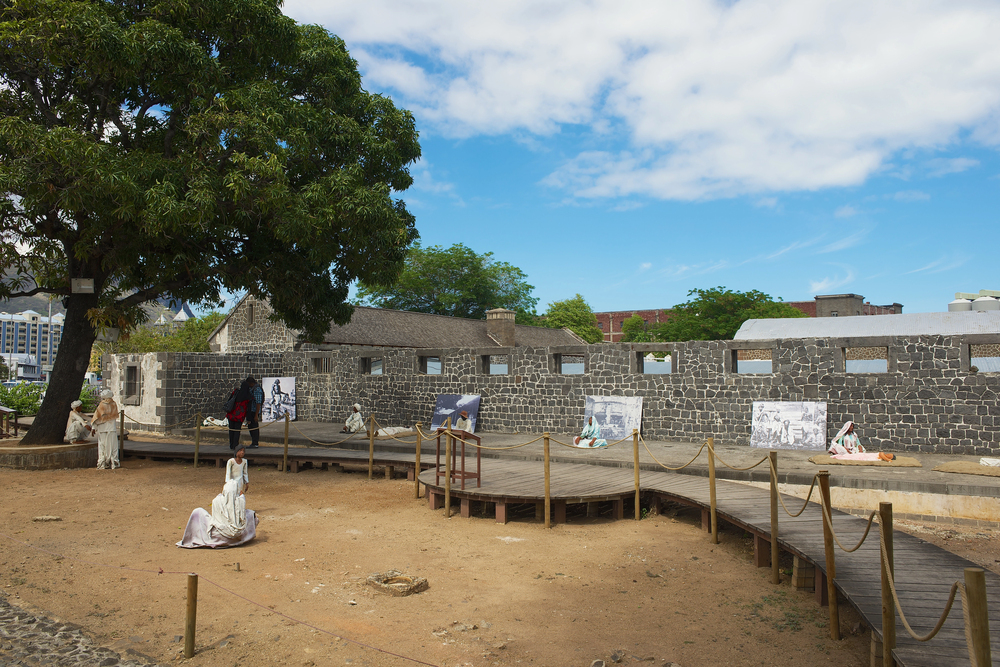
This UNESCO World Heritage Site in Port Louis celebrates the arrival point of
indentured laborers who came to Mauritius between 1849 and 1923. The
Immigration Depot is indeed a spot where one goes through some historical
immigration process that outlined the ‘Great Experiment’ that gave shape to
Mauritius demographically and culturally.
It possesses several displays of information along with remnants of the architecture that were transported into the present times.
Like Travel Pug’s content? Follow us on MSN.
Eureka Colonial House
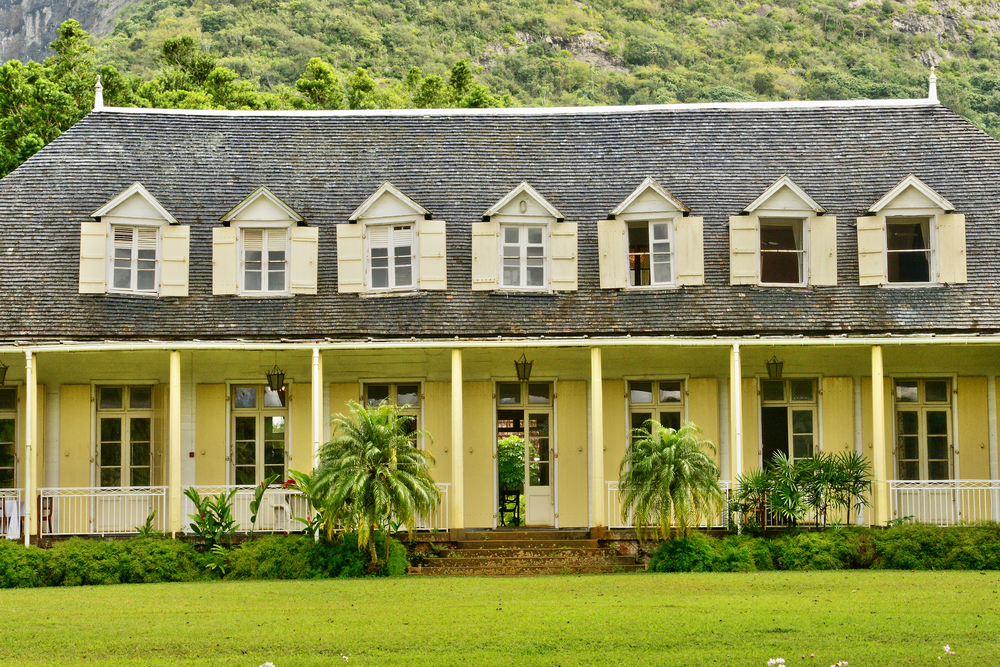
Eureka House, one of the biggest colonial mansions in Mauritius, was built in the
1830s. It helps visitors understand what plantation life in Mauritius must have looked
and felt like during colonial times.
Well-preserved period furniture, antique maps, and a collection of Chinese porcelain speak of an era of overindulgence. Its gardens, with waterfalls, lend themselves well to quiet afternoon rambles.
Sir Seewoosagur Ramgoolam Botanical Garden
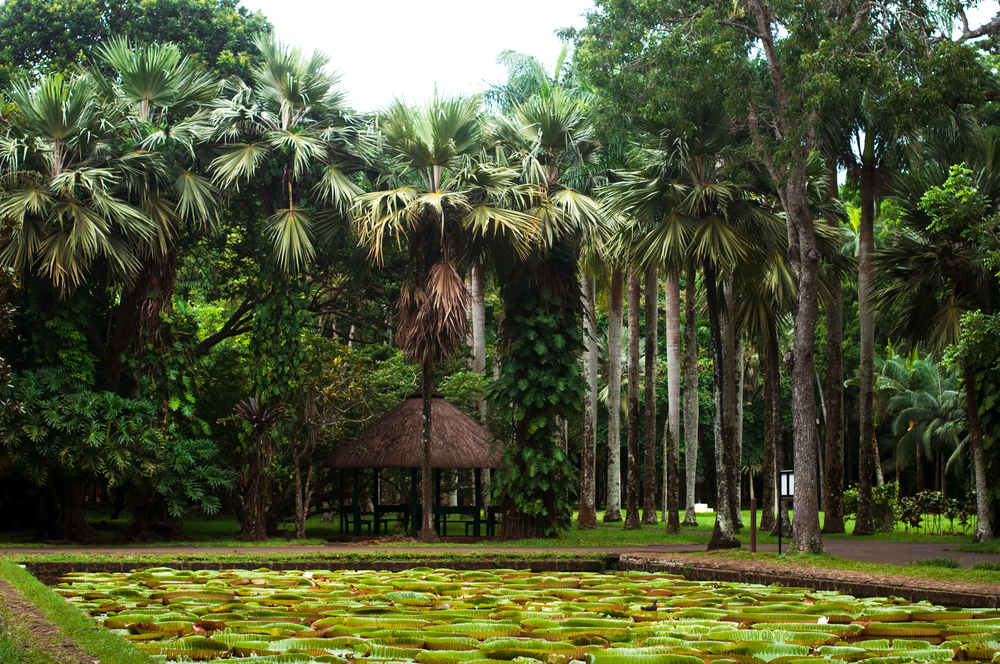
Originally set up as a private garden by the French governor in 1770, these botanical
gardens boast an amazing collection of indigenous and exotic plant species. The
giant water lilies, spice garden, and rare ebony trees make the garden a haven for
nature lovers.
The complex also contains a colonial mansion that houses some interesting historical artifacts.
Le Morne Cultural Landscape
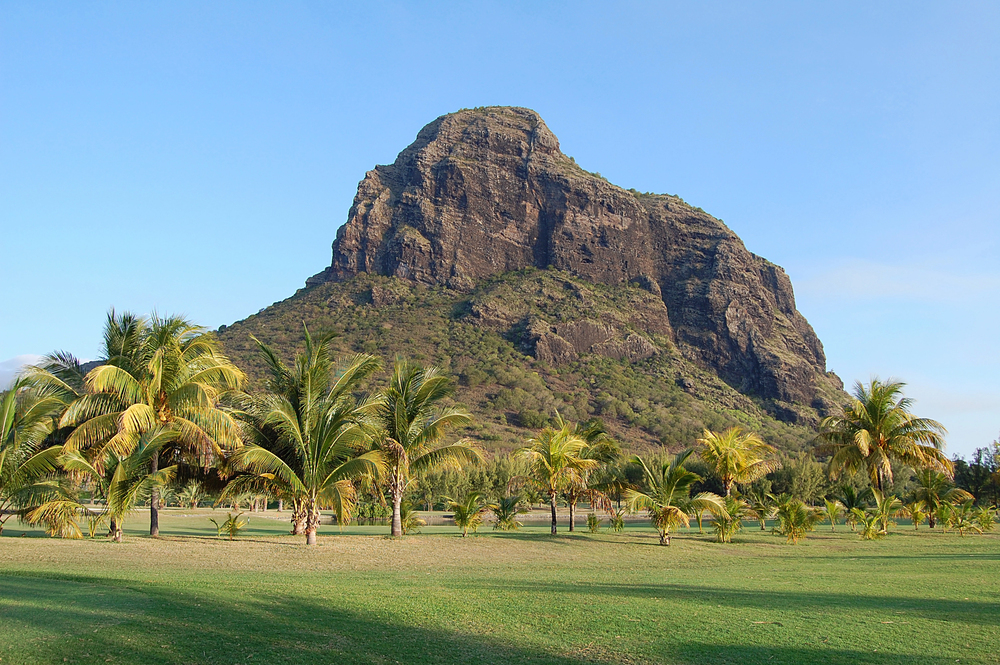
Le Morne Mountain and its surrounding landscape are another UNESCO World
Heritage Site, powerful in symbolism for resistance and freedom. It was here that
runaway slaves took shelter during the 18th and early 19th centuries.
Today, it is possible to walk up to the top of the mountain for panoramic views while learning about this important chapter in Mauritian history.
Like Travel Pug’s content? Follow us on MSN.
Mahébourg Naval Museum
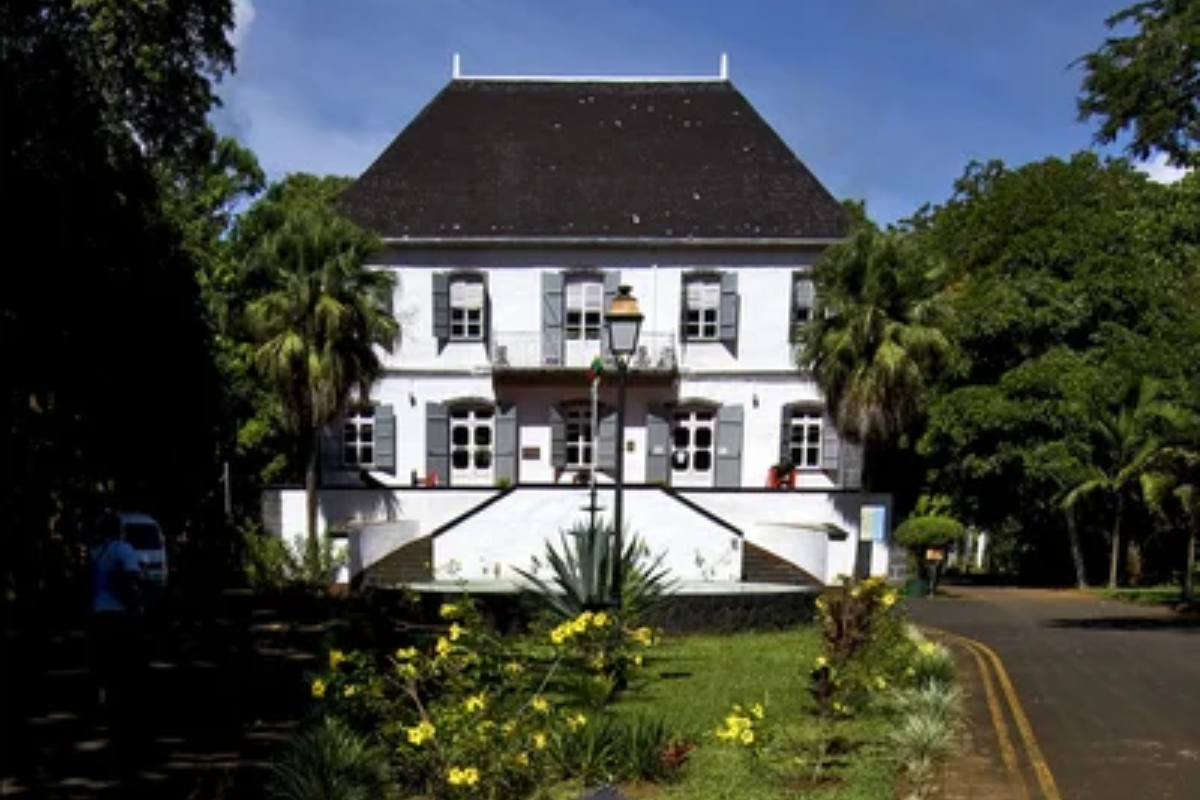
This museum is housed in a colonial mansion and displays an engaging array of
artifacts and documents related to Mauritius’ naval history, from the Battle of Grand Port down to the most minute details. Ancient maps, ship models, and recovered
artifacts have much to say about this island’s strategic importance in times past.
Trou aux Cerfs
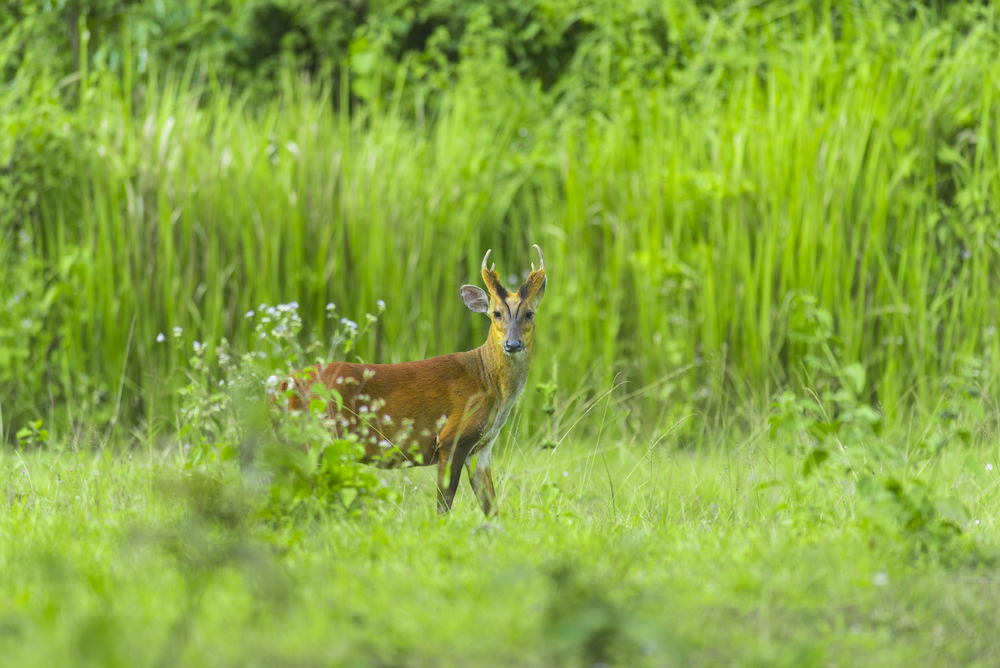
This dormant volcanic crater near Curepipe provides visitors with a very unique
geological experience and a spectacular view of the island. The well-maintained
walking path around the rim is highly recommended for photography and bird
watching.
On days when the weather is clear, one can see all the way to Reunion Island from certain vantage points.
Martello Tower Museum
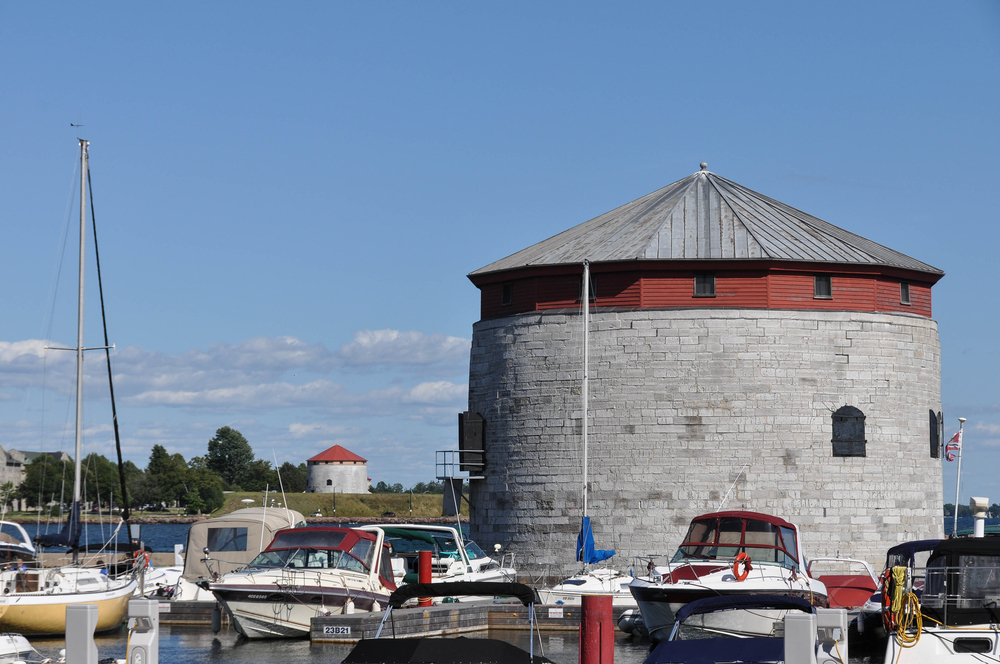
The restored Martello Tower, built during the Napoleonic Wars, represents Mauritius’
military history. The architecture is unique and strategic, demonstrating the best of
colonial military engineering.
Interactive displays and period furnishings help to understand how life must have been for the soldiers stationed here.
Like Travel Pug’s content? Follow us on MSN.
Rochester Falls
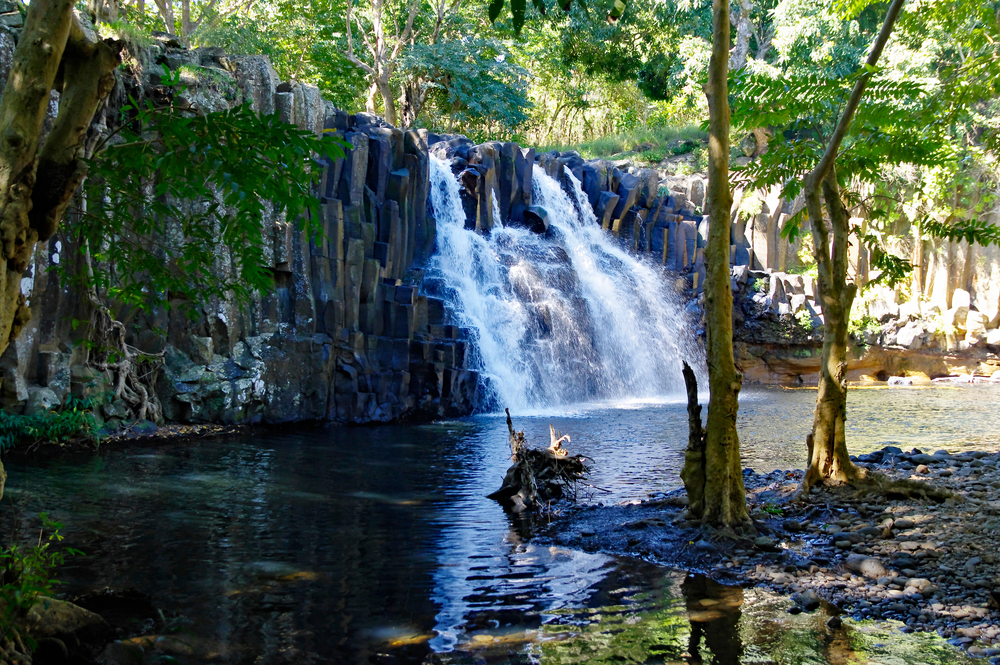
Concealed by the sugarcane fields of the south, Rochester Falls has its own set of
unique rectangular rock formations induced in the rocks over centuries by the strong
force of water. Local guides speak of how these geometric patterns have inspired
various legends among the island’s people.
The falls are good for swimming and peaceful picnic spots away from crowds of tourists.
Père Laval’s Shrine
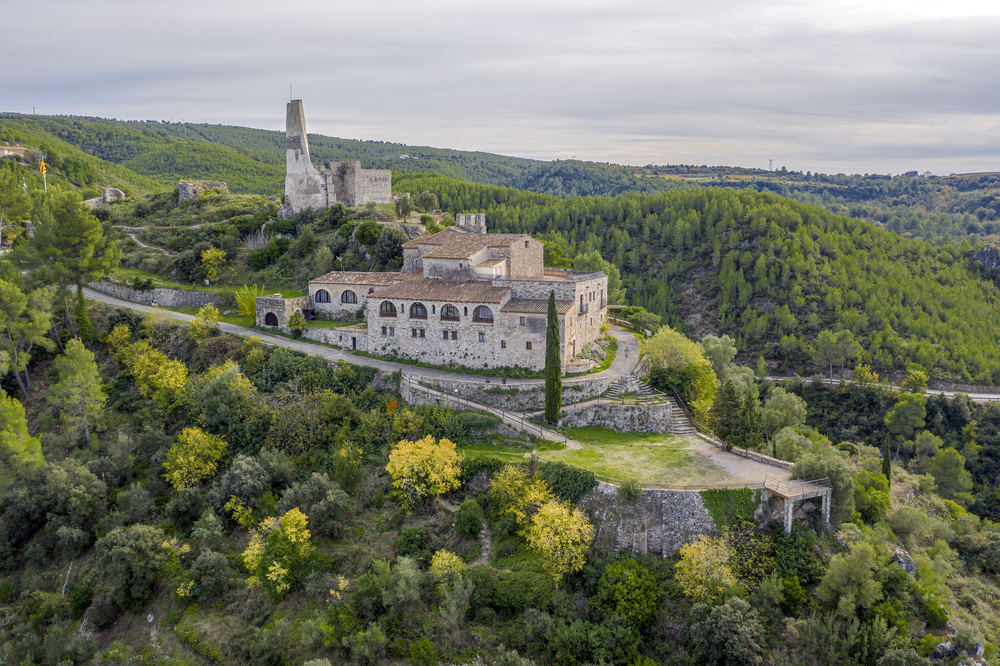
This religious site honors Père Jacques-Désiré Laval, known as the ‘Apostle of
Mauritius’ for his work among the poor and recently freed slaves. The shrine attracts
pilgrims from around the world, particularly during the annual feast day celebrations.
The site’s architecture blends European and Mauritian influences, creating a unique
spiritual atmosphere.
Bois Chéri Tea Factory
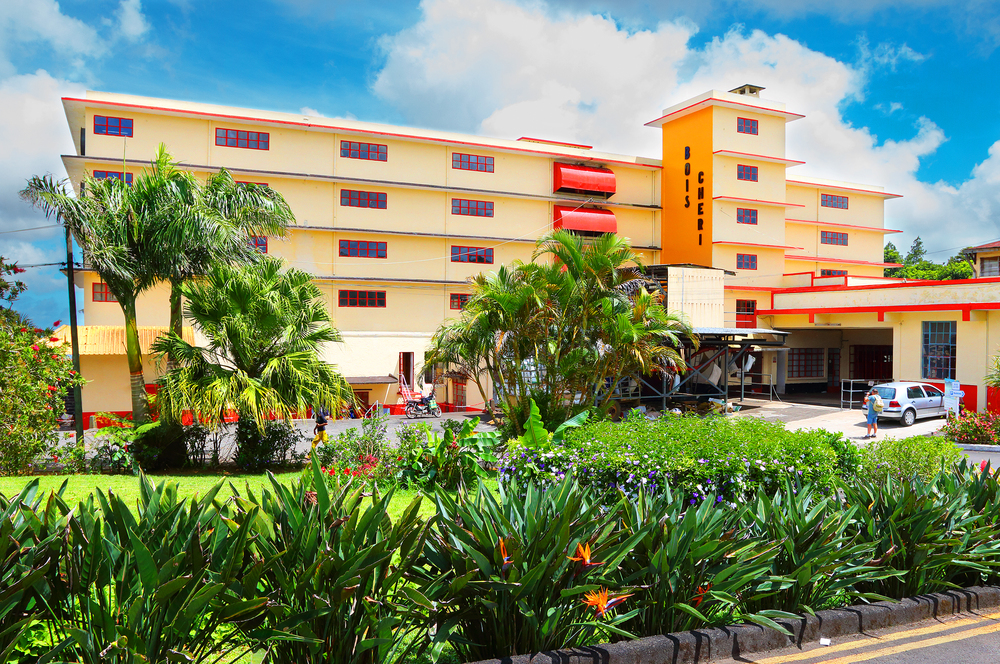
Bois Chéri is the oldest tea plantation on the island and provides visitors with an all-
encompassing look at tea production in Mauritius. The guided tour takes visitors
through the entire process from leaf to cup, while the museum section details the
history of tea cultivation on the island.
The restaurant at this plantation enjoys panoramic views of the tea fields and surrounding landscape.
Like Travel Pug’s content? Follow us on MSN.
Citadel Fort AdelaideA
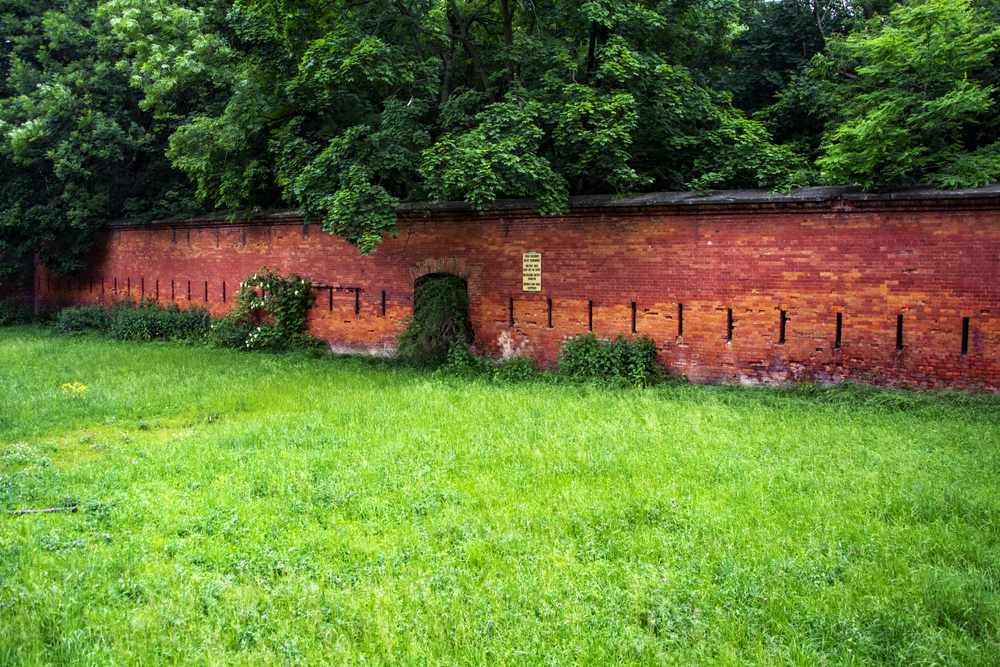
Perched atop a hill overlooking Port Louis, this 19th-century British fort provides both
historical insights and stunning views of the capital city. The fort’s architecture
reflects British military engineering principles of the period.
Evening visits offer particularly spectacular views as the sun sets over the harbor and city lights begin to twinkle.
La Vallée de Ferney
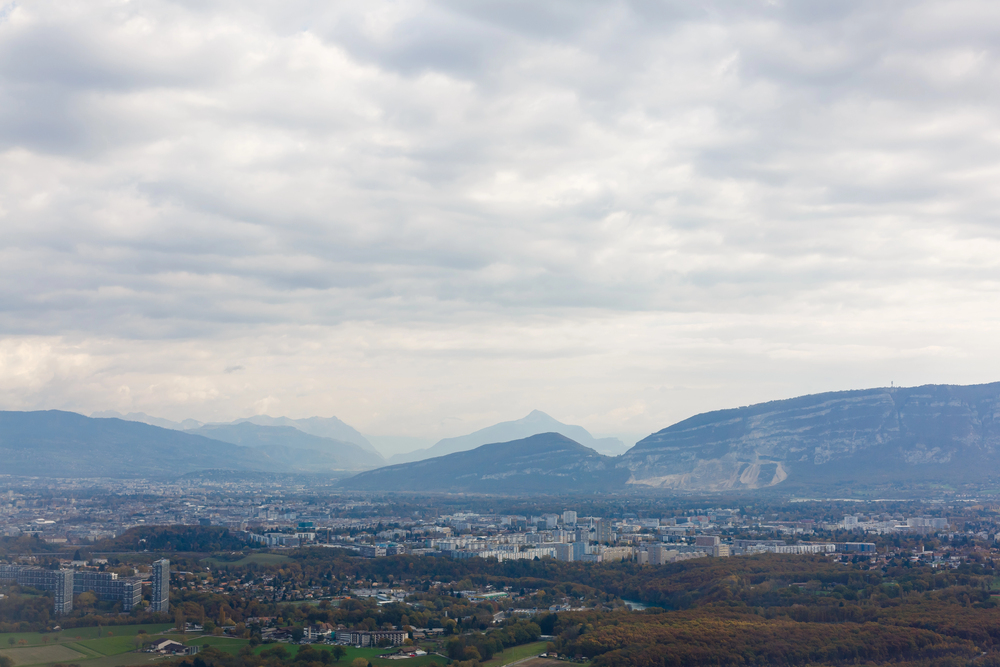
This protected forest sanctuary showcases Mauritius’s endemic flora and fauna in
their natural habitat. Conservation projects within the valley focus on preserving
endangered species and their ecosystems.
Guided tours led by knowledgeable naturalists help visitors appreciate the delicate balance of this unique ecosystem.
Beyond the Horizon
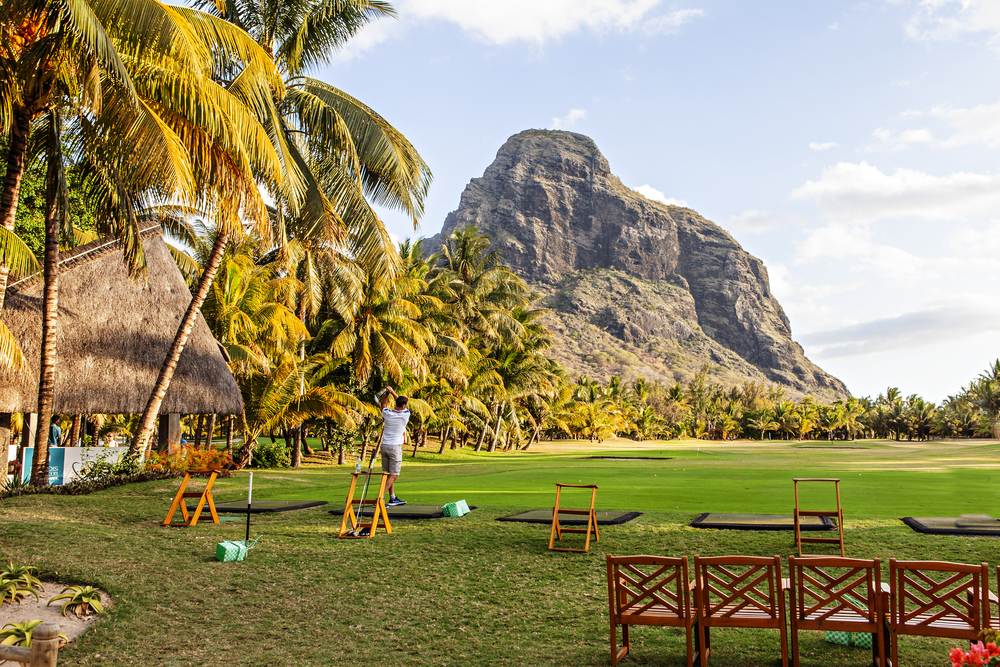
While these 16 locations represent some of Mauritius’s most remarkable inland
attractions, they merely scratch the surface of what this diverse island nation has to
offer. Whether it’s history, nature, culture, or spirituality that interests you, time spent away from the beaches will reveal a far richer, more complex Mauritius than one might
imagine.
Every place contributes to the tapestry of stories that this island is, inviting visitors into a deeper exploration.
Like Travel Pug’s content? Follow us on MSN.
More from Travel Pug

- 15 Dangerous European Cities to Avoid
- 15 Caribbean Islands Where Tourists Keep Getting Scammed
- The 20 Most Fascinating Abandoned Places: A Journey Through Time and Forgotten Spaces
- 15 Hidden Places in the Smithsonian Museums Locals Love: A Guide to Lesser-Known Treasures
- 16 Hidden Florida Beach Towns That Aren’t Overrun with Tourists
Like Travel Pug’s content? Follow us on MSN.
